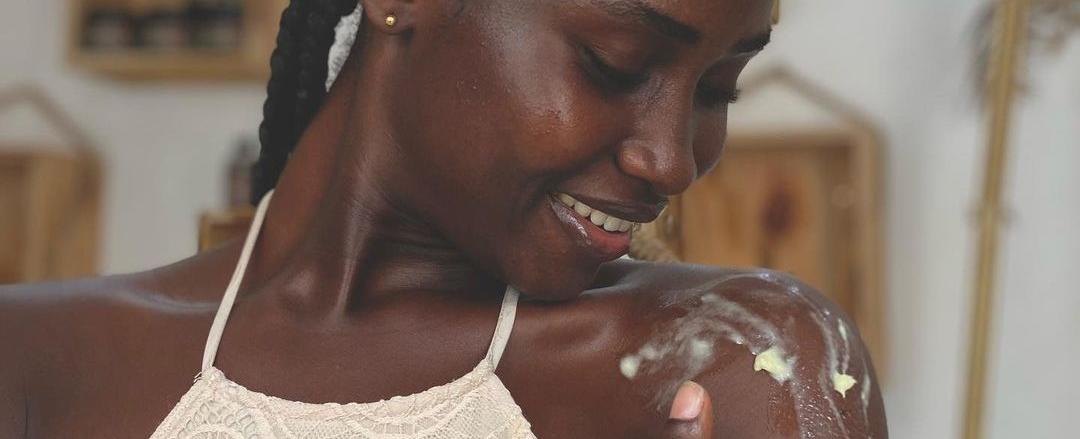Shea butter on your face before going to bed at night can work wonders for your skin. This natural butter is derived from the nuts of the shea tree and is full of vitamins and fatty acids that are beneficial for the skin. Here are some of the ways that shea butter can improve your skin health.
What is Shea Butter?
Shea butter is a natural skin care ingredient that has been used for centuries in African cultures. Derived from the nuts of the shea tree, shea butter is known for its rich, nourishing properties. It is often used to moisturize and protect the skin, as well as to improve the appearance of scars and blemishes.
What are the benefits of shea butter on the face?
Shea butter is known for it’s natural skincare benefits. Here are a few reasons why you should incorporate it in your skincare routine.
- It can help moisturize your skin, which is especially helpful during the winter when it gets dry.
- Shea butter is incredibly nourishing and hydrating
- it can help to reduce the appearance of fine lines and wrinkles on your face.
- Shea butter can help to calm any redness or irritation on the skin.
- because it’s packed with antioxidants, shea butter can help to protect the skin from environmental damage.
When applied to your face, shea butter has a lot of benefits. It can help to:
- Moisturize dry skin
- Soften rough skin
- Reduce the appearance of wrinkles and fine lines
- Lighten dark spots
- Soothe inflammation and irritation
Shea butter is also noncomedogenic, meaning it won’t clog pores, making it an ideal option for those with acne-prone skin.
Adding shea butter to your Nightly routine
Incorporating shea butter into your nightly skincare routine can provide numerous benefits for your skin. Night time is an ideal time for the skin to repair and regenerate, and adding shea butter to your routine can help to support this process. Shea butter can help to nourish and protect the skin while you sleep, leaving you with a glowing and refreshed complexion in the morning.
How to use shea butter on your face at night
To use shea butter on your face at night, start by:
- cleansing your face with a gentle cleanser.
- Then, apply a small amount of shea butter to your face and massage it in until it’s fully absorbed. You can also add a few drops of jojoba oil or almond oil to help lock in moisture.
- After applying the shea butter, put on a soft cotton sleep mask or wrap your head in a silk scarf to protect your pillow from the oil.
- In the morning, wash your face as usual. Your skin will feel soft, smooth, and deeply hydrated!
If you’re wondering whether shea butter will clog your pores, the answer is NO. However, it’s always best to do a patch test on a small area of skin before applying it to your entire face. If you’re concerned about clogged pores, look for a shea butter that’s labeled “non-comedogenic” or “for acne-prone skin.”
East African Shea Butter vs West African Shea Butter
East African shea butter is primarily produced in countries like Uganda and Kenya, while West African shea butter is produced in countries like Ghana, Burkina Faso, and Mali. Each region has its own unique methods of harvesting and processing shea nuts, which can affect the properties and quality of the resulting shea butter.
East African shea butter is known for its light yellow color and softer, more spreadable texture, while West African shea butter tends to be ivory in color and has a thicker, more solid consistency. Both types of shea butter are rich in nutrients but East African shea butter is more expensive because of it’s soft texture and as a result— favored by cosmetics brands.
Conclusion
Whether or not you should apply shea butter on your face at night depends on your skin type and what other products you are using. If you have dry skin, shea butter can help to hydrate and nourish it. If you have oily skin, shea butter can help to balance it out. And if you have sensitive skin, shea butter can help to soothe it. Ultimately, it is up to you to decide whether or not applying shea butter on your face at night is right for you. Try it out and see how your skin reacts.






